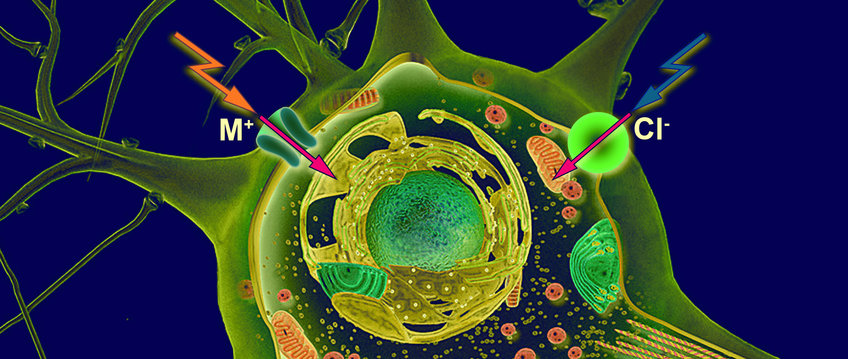
Ernst Bamberg – Functional Analysis of Electrogenic Membrane Proteins
We focus on the molecular mechanism of rhodopsin-like ion pumps and channels, and on their optogenetic applications.
Functional analysis of electrogenic membrane proteins
The focus of the research of the emeritus group is the functional analysis of electrogenic membrane proteins. Transporters, ion pumps as well as ion channels are under investigation. Electrical, electrophysiological and spectroscopic methods are applied.
The methodological spectrum is completed by protein purification and molecular biology approaches In order to obtain a detailed view of the transport across the membrane. Kinetic methods are applied to study transport and conformational dynamics of the proteins in situ and in vitro. The main topic is the functional and structural analysis of microbial rhodopsins, which can be used as optogenetic tools. The most prominent player within this class of proteins is channelrhodopsin 2 (ChR2). ChR2 was described by us as the first light-gated channel, which became a long-sought tool in neurobiology, because its insertion in electrically excitable cells (neurons, muscle cells) yields the depolarisation and thereby the activation of the cells.
Expression of ChR2 together with light-activated rhodopsin-like hyperpolarising ion pumps allows the multimodal control of cells in culture as well as in living animals simply by light with high spatiotemporal resolution in a minimally invasive manner. ChR2 and our newly developed analogues are used worldwide for basic neurobiological research, for biomedical applications and for drug discovery.